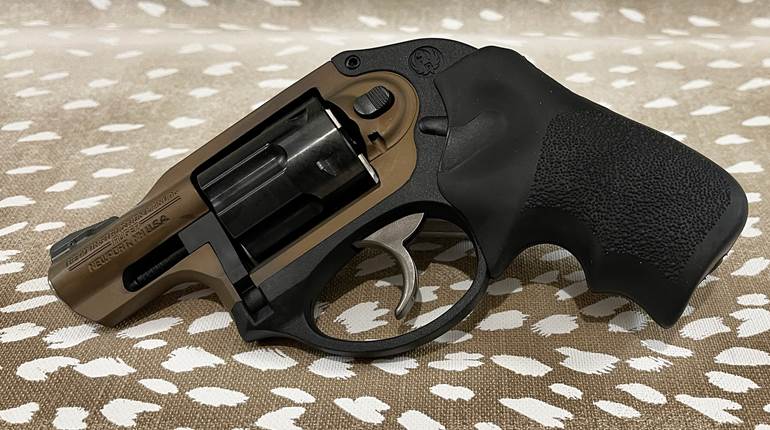
On a Dec. 5, 2011, trip to Ruger’s factory in Newport, N.H., American Rifleman’s Mark Keefe sat down with Ruger President and Chief Executive Officer Mike Fifer to ask him about the Million Gun Challenge and changes at Ruger under his leadership. As of Jan. 18, Ruger had donated $871,200 to NRA, and upped its goal to 1.2 million by the NRA Annual Meetings in St. Louis.
Keefe: This is a very good time for Ruger. We saw some new products that our members are going to see in the pages of the magazine and on our websites, but first I wanted to ask you about the Million Gun Challenge. Where did the million-gun challenge idea come from?
Fifer: Well, Mark, I was inspired at the NRA Annual Meetings in Pittsburgh. I listened to all the various speeches and I thought what could Ruger do? Typically, we designate a special NRA gun each year and donate $20 to $25 from the sale of each one, and that is often $100,000 to $150,000 a year. But I wanted to do a whole lot more, and I decided that I wanted Ruger to give the NRA $1 million to help in this really critical year. And I thought, how am ever going to get this by my board of directors? Then I realized Bill Ruger had always wanted to sell a million guns in a year … and he never quite made it. The most he ever did was 844,000. So, I figured, well, I could sell it to the board on that basis. I did, and they were really enthusiastic about it. We’ve committed to giving a dollar for every gun we make and sell this year, whether we make it to a million or not. It doesn’t matter, and we’re paying quarterly, because NRA needs it now to fight the battle, we’re not going to wait until the end. But I tell you we’re on track, because [on Dec. 5] we’re halfway through the year, from the last NRA Show in Pittsburgh to the next one in St. Louis, and we’re at 566,000 guns. We’re pretty excited.
Keefe: So that’s any Ruger that a person buys new at a gun shop?
Fifer: It all counts.
Keefe: There have been huge changes in the Newport, N.H., manufacturing facility. It looks like a lot of the same workforce as when I was here in the 1990s, including workers who have been there for 20 years, but also new guys. But you’ve really changed up how you make guns.
Fifer: Well, first off, we’ve reinvested heavily in the business, we have a lot of new equipment in, and I’m sure there are at least 100 new machining centers in the building—probably twice that. About five years ago, we really cleaned up the place. We took out 47 tractor trailer loads of old stuff that hadn’t been used—machines that hadn’t even been plugged in—for years. We’ve offered training to our employees, brought in new machinery, we’re trying to use some of the new manufacturing techniques like single-piece flow and whole systems, but most importantly of all, we’re introducing new products. We’re trying right from the beginning to design them not only to be a lot of fun to use and feel but to be manufacturable. That makes a huge difference. So we are producing twice the amount of guns out of this factory as five years ago, with the same exact workforce.
Keefe: Mike, what do you think is the most important change that you have made at the company?
Fifer: I think listening to our customers. Bill Ruger was brilliant. Every company ought to have a Bill Ruger or a John Browning, but you only get one in the history of the company. And when that brilliant engineer passes on, then you’ve got to reevaluate what your customers want.
Keefe: Ruger is committed to its traditional products, Bill Ruger designs like the single-action revolvers and the No. 1 rifle, but at the same time you’re innovating. You are making guns like the LC9, the LCR, a gun I never thought that I’d see with a Ruger name on it—a polymer revolver. That certainly breaks with tradition.
Fifer: Well, we were the first. And you know, we’re having a lot of fun. All of these new guns get us as excited as they do the consumer base. So we have a blast doing it. We can’t wait to work on the next one.
Keefe: Thanks a lot for your time, Mike, and I’ll be sure to remind our readers that before the NRA Annual Meetings in St. Louis, as NRA members, we need to go out and get our Rugers. I have my eyes on the LCR .22.






































